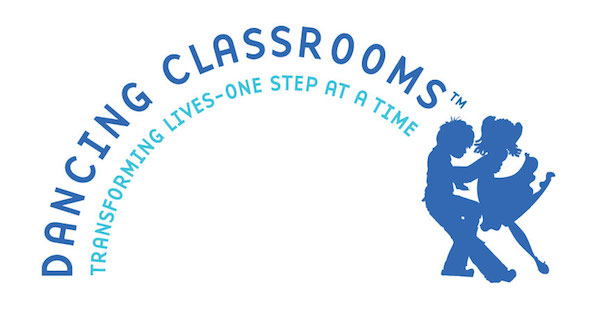Learning Empathy Through Dance

An article was released today by the online news subscription known as “The Atlantic” that caught my dancer eye. It’s title, “Learning Empathy Through Dance” spiked my curiosity and confirmed ideas I’ve had around the power of dance and it’s relationship with human connection and emotion.
The article highlights the recent increase in schools using movement and expression as vehicles for teaching kids social and emotional skills. Dancing Classrooms, a nonprofit based in New York City, brings ballroom dancing to schools in under-aided communities. Teaching artists that work for the nonprofit lead classrooms through ballroom dance exercises as a vehicle for teaching bigger life lessons such as teamwork and respect. The foundation was started by the dancer Pierre Duliane in 1994 and currently offers it’s 10-week program to a variety of schools. In many cases, the underprivileged student’s only regular exposure to the arts is through their class-time spent in programs such as Dancing Classrooms.
Dancing Classroom’s program includes 20 classes, which lead up to a regional showcase and dance competition. Last year a survey of Los Angeles school principals found that 66% reported an increase of acceptance of other among students. 81 % of students said they treated others with more respect through completing the program. Associate director of the Center for the Arts Education Research Rob Horowitz reported that in one year of his two-year study, 95% of teachers reported their students improved their cooperative and collaborative skills while researches observed 95% of students demonstrating cooperative skills. The second year of the study’s results have not been published yet.
Studies have shown the cognitive benefits students experience through doing dance and other art forms. They have also shown links between dance and improved test scores and grade-point averages for disadvantaged students exposed to dance and the arts. To quantify empathy is a challenging task for scientists, although one study of the University of Michigan showed declining rates of empathy in college students which some believe to be due to the lack of interaction with peers at a younger age. While the long-term effects of student’s ability to be empathetic are not yet clear, Horowitz findings are working towards more quantifiable research and still suggest that there is such a lasting impact due to dance.
In other dance therapy news, a recent discovery by neuroscientists of mirror neurons has launched a wave of spate scientific investigations. foundational part of the therapeutic process of dance/movement therapy is the concept of mirroring. Studies are revealing that the identical sets of neurons can be activated in an individual who is simply witnessing another person performing a movement as the one actually engaged in the action of the expression of some emotion. This premise is still under investigation as it spans motoric, psychosocial, and cognitive functions including specific psychosocial issues related to attachment theory, attunement, and, the hot topic of the moment, empathy. This concept is pretty amazing to me. Does this mean that someone who is physically unable to dance can create the same neurons created in an active dancer simply by watching them? I also wonder if some people are more prone to produce these identical neurons than others. Are some dancers more open to empathy than others? Or is it the process of dance that makes them empathetic?
While there are many questions surrounding the connection between dance and empathy and how much of a connection there might be, I believe that dance is undoubtedly a positive activity and holds a myriad of benefits for those who participate in it or are around it. I look forward to what the future of science will further discover around the effects of dancing.
Article by Ziva

